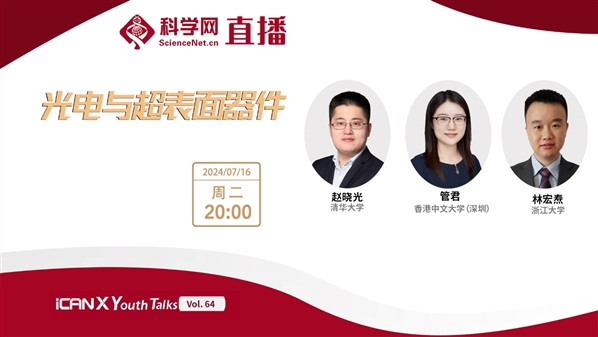
直播时间:2024年7月16日(周二)20:00-22:00
直播平台
https://rmtzx.sciencenet.cn/app/kexuewang/liveShare/#/cathay?broadcastId=520b2b33-052d-4b01-bf9f-f481dcdae676(科学网APP直播间链接)
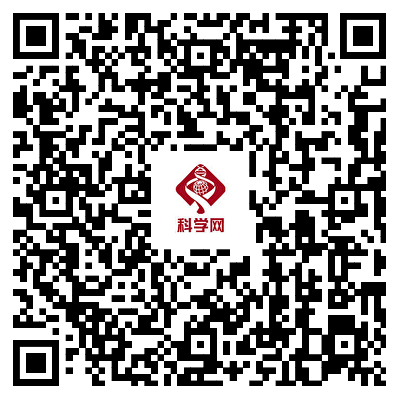
科学网APP
【直播简介】
北京时间7月16日晚八点,iCANX Youth Talks第六十四期邀请到了清华大学赵晓光、 香港中文大学(深圳)管君、 浙江大学林宏焘三位教授主讲,北京大学盛博文教授担任研讨嘉宾,北京大学韩金池教授担任主持人,期待你一起加入这场知识盛宴。
【嘉宾介绍】
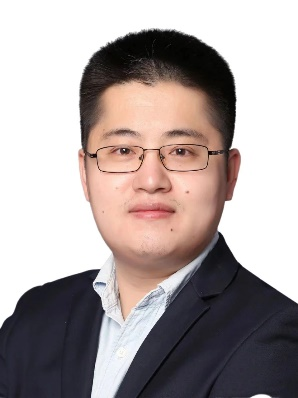
赵晓光
清华大学
基于MEMS的超材料器件与系统
[ABSTRACT]
During the past decades, metamaterials have emerged as a new paradigm in electromagnetism with a focus on creating novel effects such as negative refractive index, cloaking, and perfect absorption, to name a few. Metamaterials typically consist of periodically packed sub-wavelength unit cells and form a homogeneous medium. Despite the promising and unprecedented electromagnetic properties has been demonstrated, most of the first generation of metamaterials are with static response, limiting their practical applications. By modifying the geometry or material properties at the unit cell level, we can tailor the effective permittivity and permeability. Therefore, the integration of natural materials and micro/nano-mechanical structures with metamaterial unit cells can enhance their functionalities leading to dynamic responses, for example, frequency tunable responses, switching and modulation, and novel detectors, spanning from microwave to visible light. In this talk, I will present my current research on the integration of MEMS and metamaterials, from the fundamental physics to construction of functional devices. Multifunctional photonic devices, including metamaterial-enhanced sensors and detectors, spatial light and phase modulators, and perfect absorbers, will be introduced. Advanced dynamic manipulation of the electromagnetic waves including group delay and polarization state actuated by MEMS actuators will also be presented. Moreover, I will discuss local field enhancement and confinement effects of metamaterials with micro/nanoscale feature sizes and the resulting impact ionization, saturable absorption, and electron emission to demonstrate more possible applications of metamaterials.
在过去的二十年里,超材料逐步发展成为电磁学与光学领域中出现的一种新范式,可以创造超出天然材料的物理效应,例如负折射率、隐身和完美吸收等。超材料通常由周期性排列的亚波长单元组成,形成一种均匀介质。尽管已经展示了有希望的前所未有的电磁特性,但大多数第一代超材料具有静态响应,限制了其实际应用。通过在单元级别修改几何形状或材料特性,我们可以定制有效的介电常数和磁导率。因此,将天然材料和微/纳米机械结构与超材料单元集成,可以增强其功能,从而实现动态响应,例如频率可调响应、开关和调制,以及宽谱段多功能器件。在本次报告中,我将介绍团队在MEMS和超材料集成方面的研究,从基础物理到功能器件的构建,将介绍多功能光子器件,包括超材料增强传感器和探测器、空间光和相位调制器以及完美吸收器等,还将展示由MEMS致动器驱动的电磁波的高级动态操控,包括群延迟和偏振态。此外,还将讨论具有微/纳米特征尺寸的超材料的局部场增强和非线性效应,以展示超材料的更多可能应用。
[BIOGRAPHY]
Xiaoguang Zhao is an Associate Professor in the Department of Precision Instrument at the Tsinghua University, Beijing, China. He received his Ph.D. degree in Mechanical Engineering from the Boston University in 2016, and his master’s and bachelor’s degree from Tsinghua University in 2011 and 2008, repectively. From 2016 to 2018, he was a postdoctoral fellow in Mechanical Engineering at Boston University. From 2016 to 2018, he was a Research Assistant Professor at Boston University. He has published over 60 papers in high-impact journals, including Nature Materials, Advanced Materials, Optca etc. His research group currently focuses on metamaterials, metasurfaces, microelectromechanical systems (MEMS) and microsystems. He was awarded by the National Key R&D Programme. His work won the IET Innovation Award.
赵晓光,清华大学精仪系副教授。主要研究方向是微机电系统、微纳加工技术、超材料与超表面技术等。具体研究工作包括三维微纳结构加工技术、太赫兹与红外微光机电系统技术、基于结构化电磁材料的生物医学成像技术。目前主持科技部重点专项青年科学家、北自然面上项目等国家省部级项目,参与国家自然基金委区域联合基金项目1项。以(共同)通讯或者第一作者在Nature Mater., Adv Mat、Optica、ACS Photonics、Adv Sci等期刊发表论文20余篇,总被引次数2300余次(Google Scholar)。研究工作被多个国内外研究机构追踪,并被Science、Wiley、Science Daily等学术媒体报道。申请国内外专利9项,其中授权美国发明专利2项。获得IET Innovation Award、中国发明协会发明创业奖人物奖等奖励。
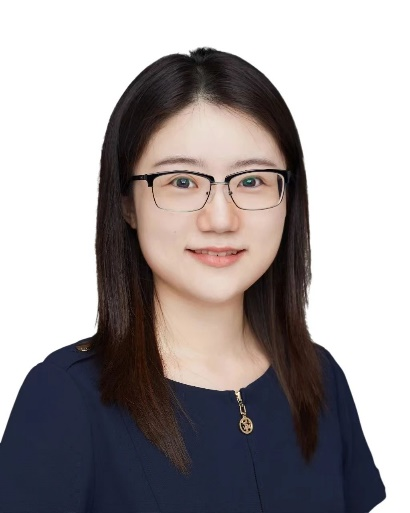
管君
香港中文大学(深圳)
等离激元纳米激光的设计与调控
[ABSTRACT]
Miniaturized lasers are important for applications ranging from display technologies to biological sensing to quantum optics. However, conventional laser cavities based on mirrors are limited in device size and lack the flexibility to control emission properties such as complex polarization, multi-directionality, and multi-colors. This talk describes how plasmonic nanoparticle lattices can be used as a powerful material platform to realize desired emission properties directly from compact laser sources. I will first introduce how we combine colloidal quantum dots with plasmonic nanoparticle lattices to achieve controlled lasing polarization and emission angles. Next, I will discuss how manipulation of lattice geometry and stacked lattice architecture allow simultaneous red, green, and blue lasing. Finally, I will show our discoveries of ultralong-range moiré lasing in the macroscale-separated bilayer and trilayer plasmonic lattices.
微型激光器对于显示技术、生物医学成像、量子光学等各种应用都至关重要。然而,传统激光设计方法在设备尺寸上存在限制,且缺乏控制复杂极化、多方向性和多色发射等发射特性的灵活性。在此次报告中,我将介绍如何通过设计等离激元纳米颗粒晶格作为光学谐振腔,从纳米尺度实现可调控的激光偏振、角度、颜色等发射特性。首先,我将介绍我们如何将胶体量子点与等离激元纳米颗粒晶格结合,通过波导和表面等离激元共振形成的混合光学模式,实现激光径向/角向偏振方向调控和发射角度调控。接下来,我将讨论如何通过晶格几何结构和高阶布里渊区设计实现多颜色、面内发射的染料分子激光,并进一步通过叠加晶格结构的操控,同时实现红绿蓝三色激光。最后,我将展示我们在宏观分离的双层和三层晶格结构中发现的超长程莫尔耦合现象,实现基于层间转角实时调控的莫尔激光发射。
[BIOGRAPHY]
Jun Guan is an Assistant Professor and Presidential Young Fellow at the Chinese University of Hong Kong, Shenzhen. She obtained her bachelor’s degree in Physics from Sichuan University in 2016, and her Ph.D. degree in Applied Physics at Northwestern University in 2021 under the supervision of Prof. Teri W. Odom and Prof. George C. Schatz. She was a postdoctoral scholar at Northwestern University (2021-2022, advisor: Teri W. Odom) and at the Massachusetts Institute of Technology (2022-2023, advisor: Vladimir Bulovi?) before joining the Chinese University of Hong Kong, Shenzhen. Her research focuses on designing plasmonic nanoparticle lattices to manipulate light-matter interactions and to enable laser devices with diverse functionalities. She has published over 20 papers in high-impact journals, including Nature Nanotechnology, Nature Materials, Advanced Materials, Nano Letters, ACS Nano, etc.
管君,香港中文大学(深圳)助理教授、校长青年学者。2016年于四川大学取得物理学学士学位,2021年于美国西北大学取得应用物理博士学位,师从Teri W. Odom教授和George C. Schatz教授。2021-2022年于美国西北大学从事博士后研究,合作导师Teri W. Odom教授。2022-2023年于美国麻省理工学院从事博士后研究,合作导师Vladimir Bulovic教授。管君的研究方向涵盖等离激元、纳米激光、超构表面、胶体量子点等,研究工作集中在等离激元纳米颗粒晶格的结构设计与器件应用。在高影响力期刊上已发表超过20余篇论文,包括Nature Nanotechnology, Nature Materials, Advanced Materials, Nano Letters, ACS Nano等国际知名期刊。
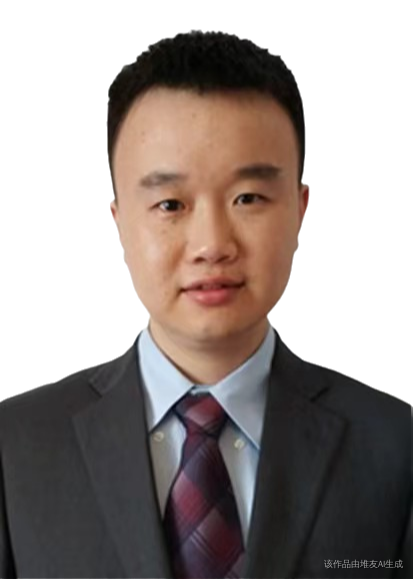
林宏焘
浙江大学
硫基光电子技术及其应用
[ABSTRACT]
Integrated optoelectronic technology has made significant progress in commercial applications. However, existing technologies are approaching their theoretical limits. How to introduce new materials to achieve novel on-chip optical field control and generate disruptive breakthroughs will be crucial for meeting the future demands of optical computing, optical communication, optical sensing, and other applications. Chalcogenide materials, also known as chalcogenide glass materials, mainly refer to compounds containing sulfur, selenium, tellurium, and other chalcogen elements. They not only possess excellent nonlinear optical properties and excellent micro-nano processing characteristics but also can be integrated into existing silicon-based and III-V optoelectronic platforms and achieve functional expansion through new nanophotonic materials such as graphene. This report will mainly introduce some progress in our research on chalcogenide optoelectronic technology and explore its applications in emerging fields such as programmable photonics chips, optical computing, and visible meta-surfaces.
集成光电子技术在商业应用已经取得重大进展,但是现有技术都在不断逼近理论极限,如何引入新材料实现新型片上光场调控从而产生颠覆性的突破,将是满足未来光计算,光通信,光感知等应用需求的关键。硫基材料,又称硫系玻璃材料,主要指的是含有硫、硒、碲等硫族元素的化合物,不仅具有非常优异的非线性光学特性以及极佳的微纳加工特性,并且能够集成在现有硅基、III-V光电子平台并通过同石墨烯等新型纳米光电材料实现功能拓展。本报告将主要介绍下我们在硫基光电子技术研究的一些进展,并探讨其在可编程光子芯片,光计算,可见超表面等新兴领域应用。
[BIOGRAPHY]
Hongtao Lin is ZJU100 Plan Professor at the College of Information Science & Electronic Engineering, Zhejiang University, Hangzhou, China. He was a Postdoc fellow at the Massachusetts Institute of Technology. His research focuses on chalcogenide-integrated nanophotonics and silicon hybrid integrated photonics. He has published more than 80 journal publications, including publications in Nature Photonics, Nature Communication, Optica, etc. His works had been selected to be included in “Optics in 2014” and “Optics in 2018” by OSA’s Optic & Photonics News.
林宏焘,博士,浙江大学电子工程系副系主任,浙江省特聘专家。林宏焘研究员2010年于中国科学技术大学本科毕业,此后于2015年在美国特拉华大学获得材料科学与工程博士学位。2015年到2018年期间,曾在美国麻省理工学院材料系进行博士后研究。他在一些高影响力期刊上已发表超过80余篇论文,其中包括Nature Photonics, Light: Science & Applications, Optica, Nature Communication等刊物。他的课题组正致力于研究硫基光电子及硅基异质光子集成技术的研究。截止2021年11月,他的工作已被引用超过5,900 余次,H指数高达37。异质光子集成技术以浙大为第一单位入选美国光学学会旗期刊OPN所评 “Optics in 2018”。Frontier of Optoelectronics及《红外与激光工程》青年编委会成员。
【主持人】

韩金池
北京大学
【研讨嘉宾】
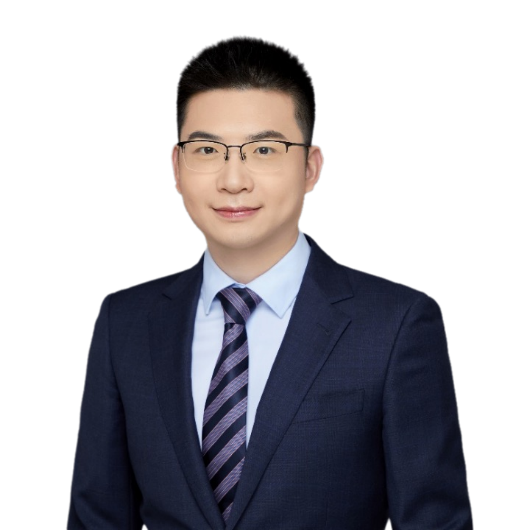
盛博文
北京大学
特别声明:本文转载仅仅是出于传播信息的需要,并不意味着代表本网站观点或证实其内容的真实性;如其他媒体、网站或个人从本网站转载使用,须保留本网站注明的“来源”,并自负版权等法律责任;作者如果不希望被转载或者联系转载稿费等事宜,请与我们接洽。